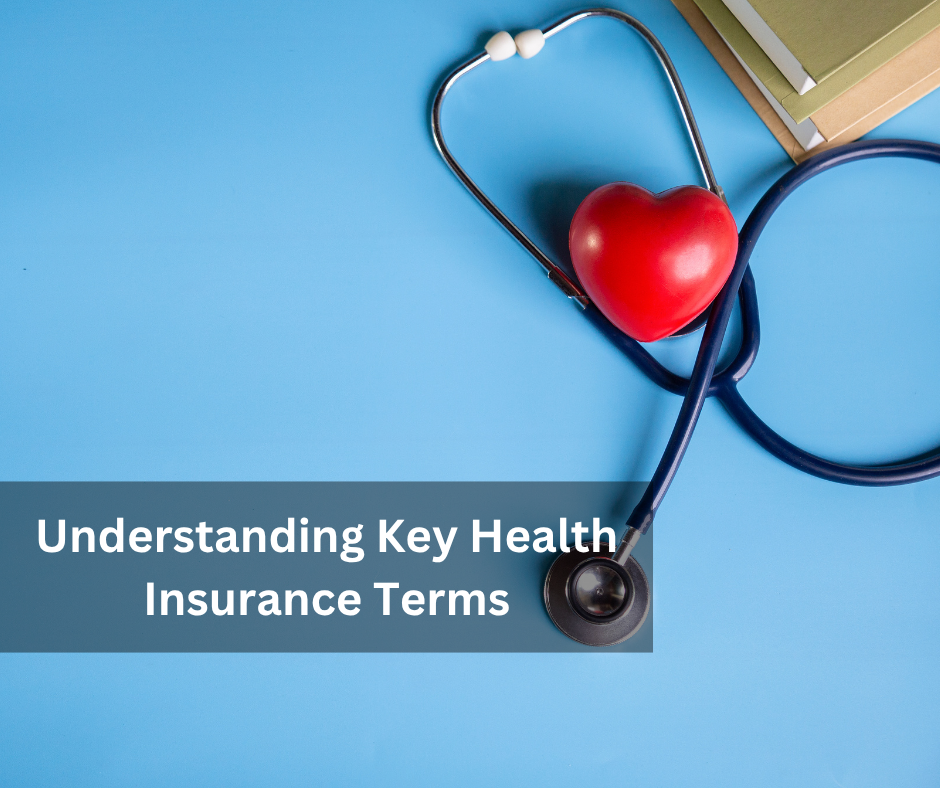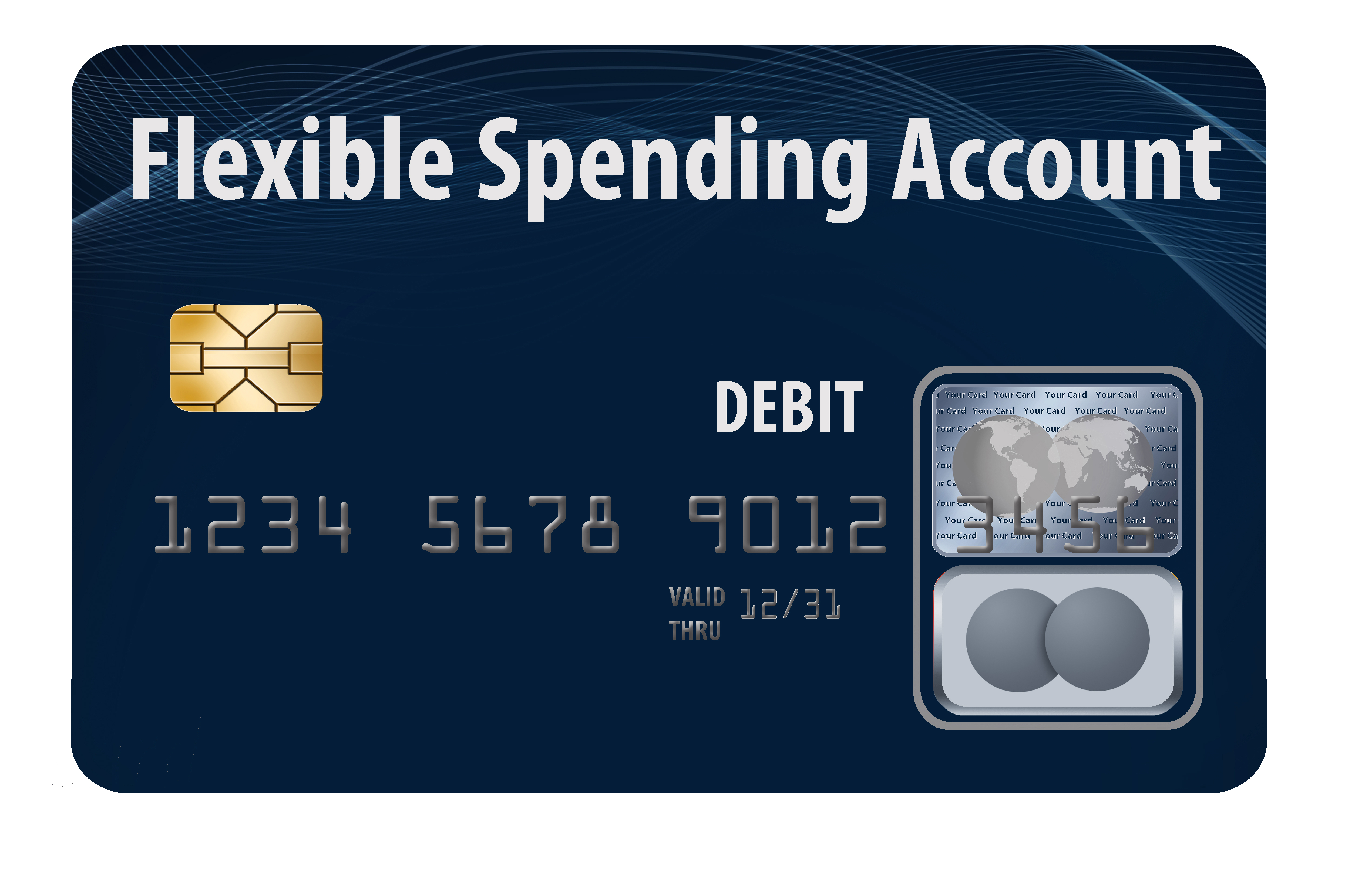Category: Employee Benefits
-

New Federal Guidance Expands Access to Fertility Benefits
Federal regulators—specifically, the Departments of Labor, Health and Human Services, and the Treasury—issued joint guidance on October 16, 2025, making it significantly easier for employers to offer fertility benefits outside of their traditional group health plans. This action was driven by an Executive Order focused on protecting in vitro fertilization (IVF) access and reducing the…
-

The Future of Benefits: Integrating Health for a Thriving Workforce
The future of healthcare is rapidly evolving, with a clear trend toward integrating health interventions directly into employee benefits packages. As employers face rising healthcare costs—projected to increase by over 8% in 2025—they are rethinking how to deliver value to their workforce while managing expenses. This integration is reshaping not just what benefits are offered, but how…
-

The Rising Cost of Prescription Drugs: Smart Ways to Save
No doubt about it, prescriptions are expensive. While this may not be a big worry when you’re young and healthy, the costs can add up quickly if you’re diagnosed with a chronic condition or need an expensive drug. Whether you take medications regularly or for an occasional illness, it pays to know how to save…
-

Compliance Risks in Open Enrollment: 5 Mistakes and How to Avoid Them
Open enrollment is a hectic and critical period for employers that often brings a risk of compliance errors. These mistakes can confuse employees and cause missed benefits, while also exposing employers to legal risks. This article highlights five common compliance pitfalls to avoid during open enrollment: By proactively addressing these areas, employers can help…
-

Empowering the Next Generation: Making Benefits “Easy” for Young Employees
Health Insurance today is significantly more complex for young workers than it was just a decade ago. This complexity is driven in large part by healthcare costs that have outpaced inflation, pushing premiums, copays, and other out-of-pocket expenses to comprise substantial portions of their budgets. For many younger employees, navigating this landscape is confusing –…
-

Mastering Open Enrollment: A Step-by-Step Guide
Open enrollment doesn’t have to be a stressful administrative task. When planned well in advance, it becomes a valuable opportunity to review and enhance your benefits offerings, demonstrating your commitment to your team’s physical, mental, and financial well-being. A well-executed open enrollment can boost employee morale, improve retention, and ensure your workforce is supported. Use…
-

Benefits 101: A Guide to PPO Plans
When navigating the world of health insurance, you will likely encounter the term PPO (Preferred Provider Organization). A PPO plan – whether medical or dental – is about balancing the cost and convenience of care. With a PPO plan, you get the flexibility to see a wide range of doctors. You’ll save money by staying…
-

Navigating Your Health Plan: A Guide to Your Explanation of Benefits (EOB)
Ever found a confusing document in your mailbox after a doctor’s visit, wondering if it’s a bill, especially with an “amount you owe” at the bottom? You’re not alone! That document is most likely an Explanation of Benefits (EOB) from your health insurance company. It’s crucial to remember: an EOB is NOT a bill. Think…
-

Upcoming Changes for Employee Benefits
Employers will see several changes to their health and welfare benefits due to comprehensive new tax and spending legislation. This includes notable improvements to Health Savings Accounts (HSAs), Dependent Care Flexible Spending Arrangements (DCFSAs), and employer-provided student loan payments, as well as the introduction of some new fringe benefit choices. These updates introduce significant changes…
-

Supporting Your Workforce: The Value of Dependent Care Assistance Programs (DCAPs)
Want to attract and keep top talent? Your benefits package is crucial! Think beyond just health and retirement. Fringe benefits like Dependent Care Assistance Programs (DCAPs) offer real, meaningful support, especially for employees caring for kids or dependent adults. What is A DCAP? A DCAP – also known as a dependent care flexible spending account…
-

The Truth About FSAs: Facts, Myths, and Tips
Flexible Spending Accounts (FSAs) offer unique advantages for managing health and dependent care expenses, but they operate differently from standard savings or spending accounts. Below are five essential facts about FSAs, along with common myths and clarifications to help you make the most of this benefit. Key FSA Facts: Tax Advantages: A major perk of…
-

Breaking Down Your Benefits: Understanding Key Terms
Selecting the right health insurance plans for your family is a critical process that requires careful attention from start to finish. Navigating health insurance becomes much simpler when you understand its terminology. Making sense of these terms empowers you to better understand your costs, benefits, and even estimate the price of a doctor’s visit. Premium:…
-

Benefits 101: What Is Cancer Insurance?
The word “cancer” carries a weight that extends far beyond its medical implications. Beyond the physical and emotional toll, a cancer diagnosis can bring significant financial strain. While your primary health insurance will cover many treatment costs, there are often substantial out-of-pocket expenses that can quickly add up. This is where cancer insurance comes in.…
-

Disability Insurance Explained: Short-Term Disability
Life sometimes throws you a curveball. You might sprain an ankle playing soccer, need surgery, or experience a difficult pregnancy. These situations can temporarily prevent you from working and earning an income. That’s where short-term disability insurance comes in. It acts as a financial safety net, providing income replacement while you recover and get back…
-

Voluntary Benefits: The Missing Piece of Your Compensation Puzzle
The Rise of Voluntary Benefits As healthcare costs increase, so does the demand for voluntary benefits. These optional benefits allow employees to select and pay for additional perks to meet their individual needs, especially in today’s diverse workforce. They’re also a valuable supplement to health insurance, particularly as healthcare expenses rise and affordability becomes a…
-

Beyond Open Enrollment: Engaging Employees with Benefits
Most organizations treat employee benefits like a seasonal event. Open enrollment brings a flurry of activity – emails, seminars, and even benefits fairs. However, communication often dwindles after this initial push, leaving employees confused and underutilizing their valuable benefits. This is a missed opportunity. Research shows that employees crave more benefits education, spending hours researching…
-

Top Employee Benefit Trends for 2025
Employee benefits are the indirect and non-cash compensation paid to an employee. These benefits are given to employees over their salaries and wages. As we look ahead to 2025, companies are increasingly exploring innovative solutions to address the evolving needs of their workforce. Driven by shifts in work environments, economic challenges, and technological progress, the…
-

Your HSA: A Beginner’s Guide
New to a Health Savings Account (HSA)? Here’s What You Need to Know As the name suggests, a Health Savings Account(HSA) is a special savings account used to pay for healthcare-related expenses. An HSA has potential financial benefits for now and later. Not only can you save pre-tax dollars in this account to pay for qualified…
-

2025 Employee Benefits Limits: What You Need to Know
Many employee benefits are subject to annual dollar limits that are adjusted for inflation. For 2025, most of these limits have increased. However, some limits, such as those for dependent care Flexible Spending Accounts (FSAs) and Health Savings Account (HSA) catch-up contributions, remain unchanged. Key Benefit Limits for 2025: Health Savings Account (HSA) Contributions Single…
-

Navigating Employee Benefits: A Glossary
Employee benefits can be a complex landscape, filled with acronyms and unfamiliar terms. In fact, more than 50% of American adults report that they don’t have a clear understanding of their health insurance. Many people are confused because they reach adulthood without ever learning the basics of health insurance terminology. Illiteracy about health insurance is…
-

Benefits 101: What Is a FSA?
When it comes to health insurance, there is a lot of jargon and plenty of acronyms. Many people have heard of FSAs, but may not actually know — what is a flexible spending account, exactly? If you have an employer-sponsored health plan, a flexible spending account (FSA) is often available as part of the benefits…